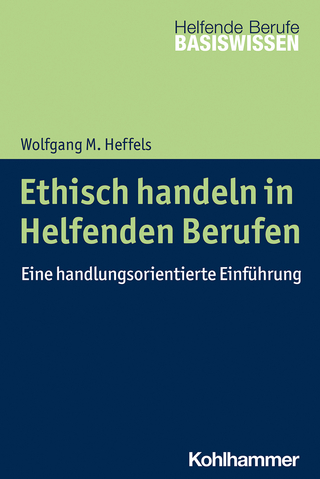
Emotional Intelligence and English Reading Comprehension Ability: A Case Study from Iran
Anchor Academic Publishing (Verlag)
978-3-95489-426-0 (ISBN)
Tayebeh Fani (1984, Iran) is a University Lecturer at Sama Technical and Vocational Training College, Islamic Azad University, Tehran branch, Iran where she has been a faculty member since 2009. She is doing her Ph.D. in TEFL at Islamic Azad University, Science and research branch, Tehran, Iran. She received her MA and BA degree in TEFL from Allameh Tabatabaei University and Shiraz University, Iran in 1999 and 1996 respectively. Her research interests lie in the area of second language acquisition, testing and assessment, and individual differences, though not limited to these areas. She has presented papers in international conferences around the world.
Text sample:
Chater 1.1 Statement of the Problem:
Since the publication of the best-selling book Emotional Intelligence by Daniel Goleman (1995), the topic of EI has witnessed unparalleled interest. Programs seeking to increase EI have been implemented in numerous settings, and courses on developing one's emotional intelligence have been introduced in universities and even in elementary schools throughout the world. But what exactly is EI? As is the case with all constructs (i.e. intelligence or personality), several schools of thought exist which aim to most accurately describe and measure the notion of EI. At the most general level, EI refers to the ability to recognize and regulate emotions in ourselves and others (Goleman, 2001). Peter Salovey and John Mayer, who originally used the term "emotional intelligence" in published writing, initially defined it as:
A form of intelligence that involves the ability to monitor one's own and others' feelings and emotions, to discriminate among them and to use this information to guide one's thinking and actions (Salovey & Mayer, 1990).
Later, these authors revised their definition of EI, the current characterization now being the most widely accepted. EI is thus defined as:
The ability to perceive emotion, integrate emotion to facilitate thought, understand emotions, and to regulate emotions to promote personal growth (Mayer & Salovey, 1997).
Another prominent researcher of the EI construct is Reuven Bar-On, the originator of the term "emotion quotient". Possessing a slightly different outlook, he defined EI as being concerned with understanding oneself and others, relating to people, and adapting to and coping with the immediate surroundings to be more successful in dealing with environmental demands (Bar-On, 1997).
However, there are arguments that the concept of EI is not clearly defined, that different definitions and tests are being used - not always including the same aspects, and that many of the measures are neither reliable nor valid (Ciarrochi, Chan & Caputi, 2000). In essence there are two views on EI (Hedlund & Sternberg, 2000): some argue that EI includes everything that is not measured by IQ but instead is related to success (Bar-On, 1997; Goleman, 1995); others advocate an ability model of EI that measures the ability to perceive and understand emotional information (Mayer, Salovey, & Caruso, 2000). According to Petrides and Furham (2001), it would be more beneficial to describe trait EI and ability EI as two separate constructs instead of one being measured in two different ways. Some researchers even questioned whether EI is anything more than a set of personality variables for which adequate measures already exist (Davies, Stankov & Roberts, 1998). Although the definitions of EI may differ among the many researchers, instead of being contradictory to one another, they appear to be complementary and they all share a common purpose which is to extend the traditional view of intelligence by underlining the importance of social, emotional and personal factors regarding intelligent behavior (Dawda & Hart, 2000).
| Erscheint lt. Verlag | 15.9.2016 |
|---|---|
| Sprache | englisch |
| Maße | 155 x 220 mm |
| Gewicht | 147 g |
| Themenwelt | Sozialwissenschaften ► Pädagogik ► Allgemeines / Lexika |
| Sozialwissenschaften ► Soziologie ► Allgemeine Soziologie | |
| Schlagworte | Gender |
| ISBN-10 | 3-95489-426-2 / 3954894262 |
| ISBN-13 | 978-3-95489-426-0 / 9783954894260 |
| Zustand | Neuware |
| Haben Sie eine Frage zum Produkt? |
aus dem Bereich


